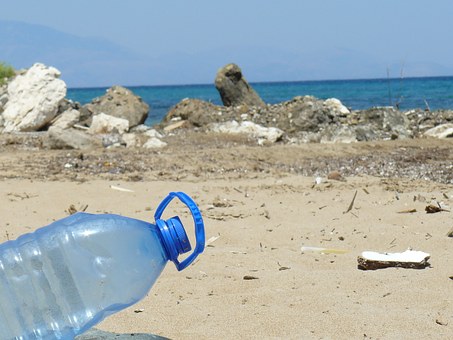
To define the current era, the term “Plasticene” has been proposed: plastic fragments throughout the world are continuously detected in oceans, soil, sediments and air. Just to have an order of magnitude, according to a recent study conducted by the University of Pisa, the amount of microplastics on Italian beaches could be 1,000 / 2,000 tons.
The world’s plastic production has now exceeded 320 million tons, and unfortunately this figure is not destined to decrease, on the contrary it is expected to double within the next 20 years. The situation is even more serious if we consider that less than 30% of these materials are recycled, while the remaining part ends up in landfills or even worse is lost in the environment.
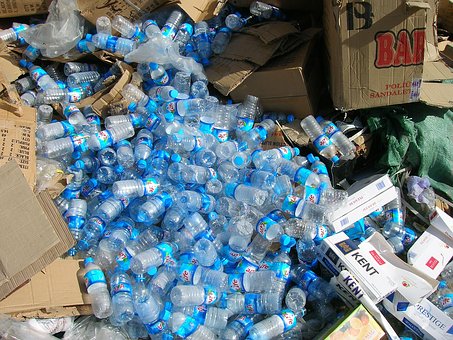
Plastic is an extremely versatile material, which is used in many applications, among which one of the main is the realization of what are generally called “Materials and Objects in Cont
act with Food (MOCA)”, ie all those materials made to stay in contact with food, such as packaging, containers, crockery, cutlery, plates, kitchen utensils, etc.
The most used materials are polyethylene (PE), polypropylene (PP), polyethylene terephthalate (PET) and polystyrene (PS). We must however consider that, in the production process of MOCA, many substances come into play, each with a precise function in determining the technological characteristics of the product (resistance, color, transparency, lightness, etc.) but also sometimes the polluting power and the degree of toxicity of the material itself.
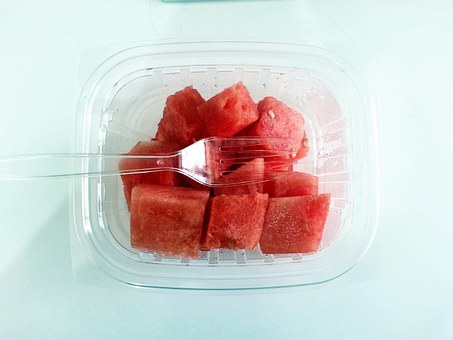
In fact, if on the one hand packaging is a fundamental element for the production and distribution of food, on the other hand it can become a source of contamination, since some chemicals can migrate from materials into food or into the environment.
Migration is precisely the phenomenon for which we observe the transfer of chemical substances (migrants) from the MOCA to the food itself. This phenomenon must be quantified in order to assess the potential risks of consumer exposure to “migrants”. The scientific community has been dealing with this problem for years, since these substances can not only change the organoleptic quality of the food, with unpleasant odors or flavors, but can even make it dangerous for health, especially if we consider the most sensitive categories of consumers ( infants, children, the elderly, etc.). To migrate may be in fact additives, impurities of the substance, residues of synthesis, degradation products, etc., all substances that sometimes can be carcinogenic, genotoxic or interfere with the endocrine system.
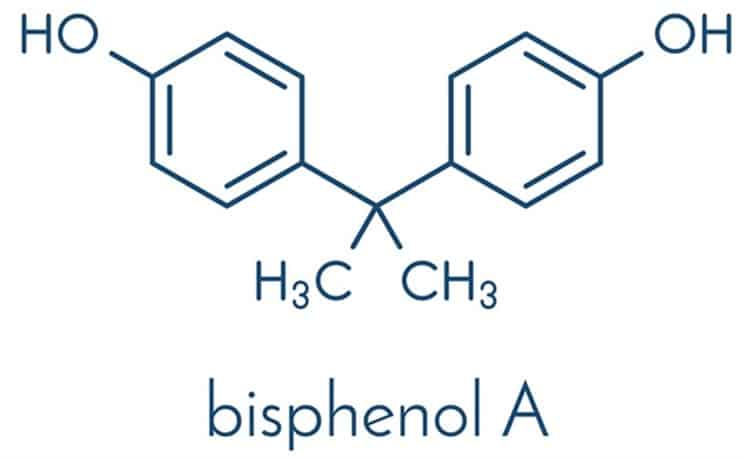
An example in this sense, probably responsible for many diseases is Bisphenol A (BPA), primary component of polycarbonate, used to produce returnable voids, baby bottles, etc and epoxy resins, used for example to coat the inside of the cans .
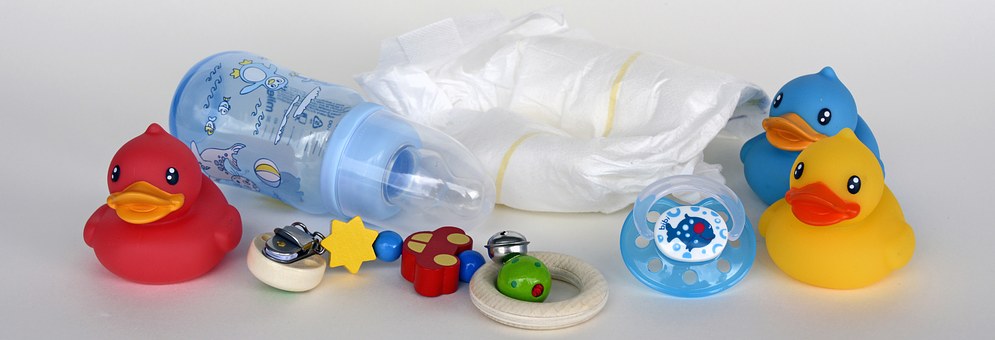
European legislation governing materials in contact with food is extremely rigid, and provides that all materials intended to come into contact with food are made in accordance with the provisions of EU regulations, so that any migration of chemicals from MOCA food does not involve security concerns.
Fortunately, there are good alternatives on the market for plastic materials to be used as MOCA, which are compostable, biodegradable and recyclable. An example are the packaging made from vegetable fibers (eg rush, bamboo, sugar cane, corn …) but also from fungal fibers or derived from chitin, polysaccharide at the base of the structure of insects and crustaceans.
The use of edible material for coating food products, performing the function of natural envelopes, is another interesting solution, which allows to protect the food with an edible coating, generally of polysaccharide material, which is sometimes enriched with components able to prolong the shelf life of the product (eg antimicrobials, antioxidants, etc). Recently there has been much talk of “Ooho”, that is, large bubbles like completely edible golf balls, consisting of a gelatinous membrane and sodium alginate (sea algae and sodium chloride) and capable of containing a liquid (for example water).
Alongside the organic packaging, however, there is also a change in the attitude of the consumer who often tries to buy products in bulk or with environmentally sustainable packaging; this also thanks to the diffusion of small points of sale – “eco-shops” – or franchised stores that allow consumers to buy food and products of common use in bulk and therefore without packaging.
An extremely positive signal, after the ban on bags that came into force in 2012, is the provision adopted in the Gargano National Park, thanks to which, since May 1, 2018, the Tremiti Islands have prohibited the use of non-biodegradable containers or crockery. next stop will be for bottles and polystyrene.
The European Commission has recently proposed the adoption by the Union of a directive that bans at least disposable products, which could be approved by the end of 2018: according to this new regulation, by 2030 it will be possible to use only recyclable material.
………. So let’s get a move!
Bibliography:
- Regolamento (CE) n. 1935/2004 del Parlamento Europeo e del Consiglio del 27 ottobre 2004 riguardante i materiali e gli oggetti destinati a venire a contatto con i prodotti alimentari e che abroga le direttive 80/590/CEE e 89/109/CEE
- Regolamento (CE) n. 2023/2006 della Commissione, del 22 dicembre 2006 , sulle buone pratiche di fabbricazione dei materiali e degli oggetti destinati a venire a contatto con prodotti alimentari
- Regolamento (UE) n. 10/2011 della Commissione, del 14 gennaio 2011 , riguardante i materiali e gli oggetti di materia plastica destinati a venire a contatto con i prodotti alimentari
- Sanmartin, F. Venturi, I. Taglieri, A. Nari, G. Andrich, A. Zinnai. Study of the migration of chemicals from conventional food contact materials into food and environment: hurdles and limits for a whole hazard identification and risk assessment. Agrochimica, 62(2), 179-200
- https://www.efsa.europa.eu/it
- http://www.salute.gov.it/portale/temi/p2_6.jsp?id=1173&area=sicurezzaAlimentare&menu=chim
- https://www.unipi.it/index.php/news/item/12849-le-microplastiche-nelle-nostre-spiagg
- https://begreenpackagingstore.com/pages/about-us
Credits
Author: Chiara Sanmartin. Researcher in Food Technology at the University of Pisa. Holder of the course of “Composition and Analysis of Food Products” within the Master’s Degree Course in “Biosafety and Quality of Food” – Interdepartmental Agricultural Sciences and Veterinary Sciences of Pisa.
Translation by Maria Antonietta Sessa




